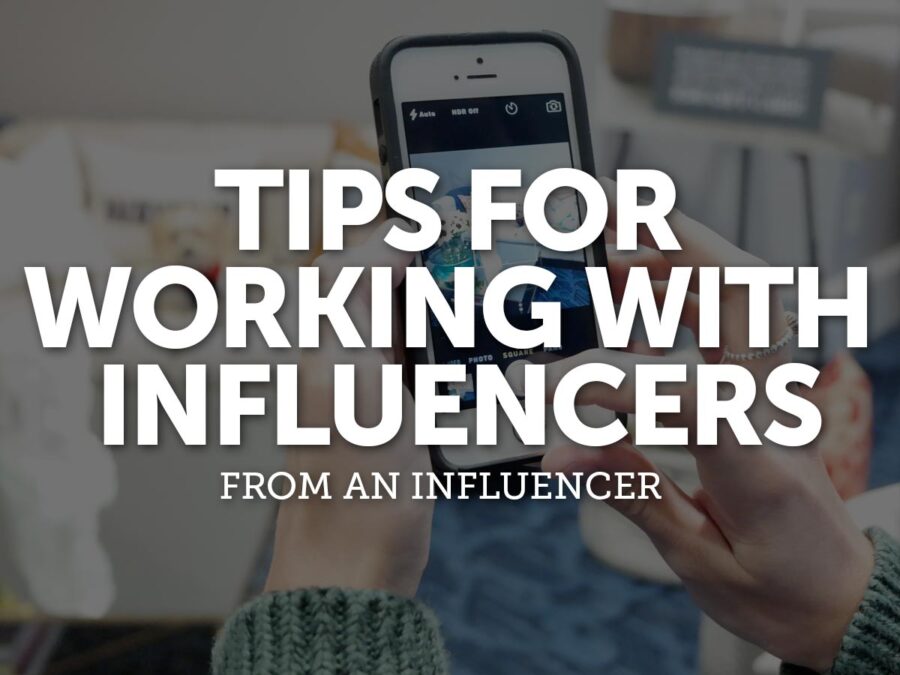Ask my kids the phrase I tell them the most, and their reply will be: Make good choices. In business, as in life, you need to make sure you take the time to think things through, and always hold yourself accountable to the standards you set.
Consider content strategy. It’s the backbone of a successful, well-thought-out marketing plan, so it’s extremely important that you research, develop and implement that strategy in order to make good choices for your content. A content strategy is needed for all brands — especially ecommerce — because content is what builds awareness, generates leads and drives conversions. Below, I define what a content strategy contains, why it’s important and how to use it to inform the right content decisions.
WHAT’S IN A CONTENT STRATEGY?
Business goals, content objectives and audience identification.
A content strategy begins with established business goals and content objectives. Next, outline your audiences. Often, we break down prioritized audiences by intent or persona to help better understand their state of mind, their demographic, how they spend their time, where and how they entertain themselves and where and how they gather information or content. User journeys are often outlined to understand the steps they take. For digital content, opportunities are outlined for proper user experience (UX) and search equity (SEO) opportunities to help users and search engines find your content
Messaging framework and editorial planning.
From here, you go straight to the core of the content strategy: the messaging framework. This takes brand pillars and puts them into content-related themes. Preferred tone, messaging and voice are based on these themes and tied back to your audiences. A content audit should be conducted during this stage to identify existing content and marry it to the various user journeys that exist for your business. This will help you gauge the usable content to convey your message, and identify gaps that exist in the customer experience that need to be accounted for.
Editorial elements are then built around the messaging framework. This includes content housing, types, cadence and recommended topics. It also dictates who should be creating, reviewing and measuring the content.
This also allows for the creation of content from many different sources because they can all use the messaging framework and editorial plan as their checks-and-balances system; they can easily ensure brand guidelines, tone, messaging and voice, and audience needs are being met.
Content activation, distribution and governance planning.
The days of “build it and they will come” are long gone. To enable content visibility, we need to put the right content in front of the right people at the right time — usually where they spend their time online. For this reason, content activation plans are typically included to align what content should be disseminated within approved channels. Governance calendars are incorporated to create a culture of constant review and optimization to ensure content is always serving a purpose and is relevant to audiences.
To tie it all together, a successful content strategy would not be complete without a measurement framework to help identify performance and optimization tactics for ongoing content improvements.
THE IMPORTANCE OF A CONTENT STRATEGY
It’s all about the content, baby!
Content drives everything because it’s the way your audiences find you. They’re searching and discovering ways to meet their needs, and it’s your job to prove that you can satisfy them. Believing your audience will find you on their own or continue to seek you out is unrealistic in today’s noisy world. The relevant content that comes from the development of a content strategy will command the attention of your audience.
Content is a means to show off your brand.
If you want to be a thought-leader, you need to show it. If you want to be an educator, you need to teach. Right? This is the beauty of content created with a strategy in mind. Plan, create, curate and disseminate validated content to get your message across to your target audiences. It’s also a way to get people to connect with your brand rather than your product or service to instill affinity and loyalty.
The right content builds relationships.
It’s hard being seen online today. Make it count with helpful, top-quality content that enhances your audience’s experience. This will draw them to your brand and build loyalty over time. 78 percent of consumers believe that organizations providing custom content are interested in building good relationships with them.
It validates quality over quantity.
Creating content to simply have content is a waste of resources. Instead, you should create content that serves a purpose, tells a story, engages audiences and drives relevant consumers to your products, services and brand. The content strategy does the heavy lifting to define why and what content should be created, so each piece is easier to develop.
High-quality content that creates an experience leaves users feeling something. It’s these emotions that make audiences share content — especially on social, which helps your content reach more people (and the validation of the share/advocacy doesn’t hurt either!).
HOW TO USE A CONTENT STRATEGY
Once a content strategy is created, brands must work to adopt it into their processes across the board. To set you up for success, all marketing and product channels need to be educated about the importance of operational aspects.
Within the content strategy, each stage of your audience’s journey is outlined with ways to create high-quality content that focuses on their needs as they move through the process. This is a creative director’s roadmap for success. Then, every time a piece of content is created, it should meet the standards set within the strategy.
Some questions to ask yourself when reviewing your assets:
- Who is this content made for?
- Am I telling the right story for this audience?
- How will it help, educate or engage them (i.e., does it meet the defined goals)?
- Am I placing it in the right channel/medium?
- Are these the right specifications for that channel medium?
- What do I want the audience to do after experiencing this content? Is there an opportunity for them to do that?
–––
Behind every good content marketing plan is a solid strategy that allows the creative team(s) to build strong and beautiful content in an impactful and relevant way. With its adoption and utilization, organizations have a blueprint to create compelling, meaningful content that outlines their values and meets their goals.
Now that you know, the next time you hear someone say, “Why do I need a content strategy?”, you can respond by explaining that without purpose, you’d be taking a risk with your content. Now, make good content choices!



